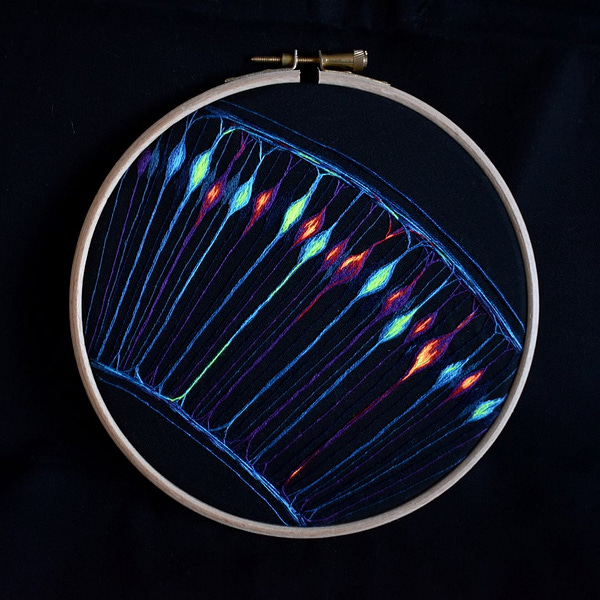#11: Finding Your Flow
Finding flow through art, and examples of visual communication of science.
Finding Flow
Is there an activity that gets you “out of your head”?


I have a few ways to escape the noise: for example, walking around my yard, tending to plants and removing unwelcome guests; or, setting about chopping and mixing as I put together meals for a week ahead. Whether these times are accompanied by music or the ambient noise of the space around me, I find them rejuvenating as I settle into the “flow”: what noted psychologist Mihaly Csikszentmihalyi termed the feelings of transcendence, and increased energy and focus, as time and problems seemingly melted into the background. When you are in this state:
“…[you don’t] have enough attention left over to monitor how [your] body feels, or [your] problems at home. [You] can't feel even that [you’re] hungry or tired…”
Another way I find escape, and which I’ve leaned on heavily these longer days, is painting. Sitting near an open window, the spring breeze gently shifting the curtains as warm air wanders into the living room, I think only about mixing and applying colour to give the impression of light, shape and texture.
What brings you into a state of flow?
#PatientEngagement: Visualizing the Journey to Diagnosis
When I’m done painting for the time being, I find myself still thinking about art, and more specifically, how it’s being used more purposively to communicate concepts in science. Looking at a picture or sculpture of a scientific concept is a powerful, accessible entry point for a wider audience than, say, a written synopsis of a concept.
I love this infographic of the patient journey. Another version of this was shared by the SOLVE-RD project:


Instead of a series of bullet points in chronological order, the information is displayed in such a way that non-verbally communicates a feeling of going in circles in search of a definitive diagnosis. It’s for a rare disease, but it can be empathized by anyone looking for answers for their symptoms.
What do you think? Is the visual depiction of the patient journey helpful as a communication tool of the diagnostic experience?
#ShareYourScience: Pretty and Practical Communication
I’ve found interesting pieces shared on Twitter through the hashtag #SciArt, in both physical and digital media. These move beyond sharing the results of a study to becoming objects of art in their own right. This is next-level stuff, beyond granny squares and folksy quotes for wall hangings.
I love the fluorescence of these embroidery colours:
And I’m just stunned by the mad skills here:





I’m moving into a new office space next week. Can I has this?


Do you think art has a place in sharing science?
Reading Rainbow
Now that summer is coming (and my hammock is almost ready for occupancy), I need to get some books for the warm afternoons. I do have Chris Hadfield’s The Apollo Murders, but welcome your recommendations to add to this.
Summer reads can be light or more in-depth; I like mixing it up. What about you?
Thanks for reading this issue of Campfire Notebook. If you have questions or comments, leave them here or get in touch on Twitter ✌️










